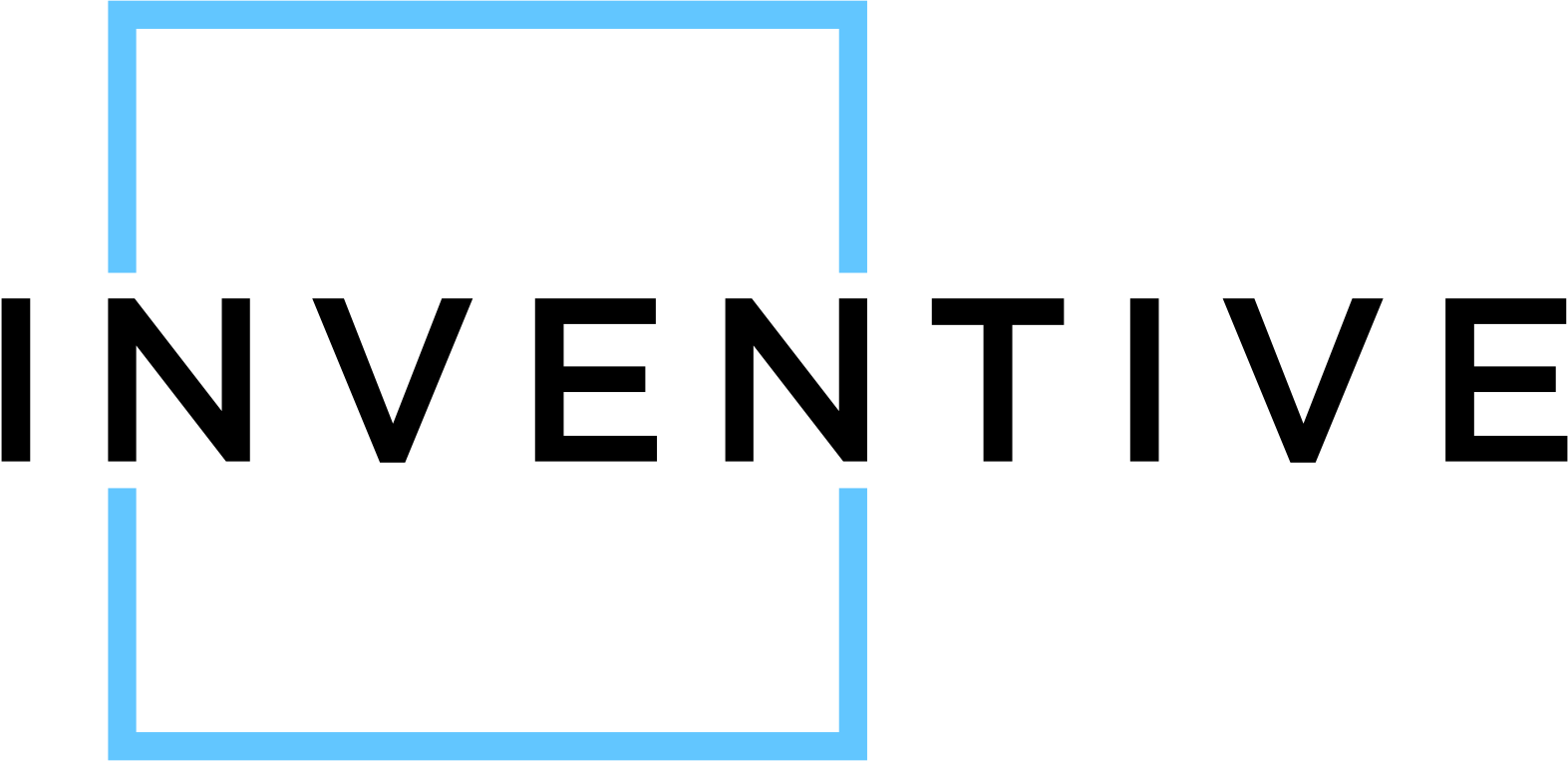10 Network Automation Pitfalls That Will Burn You If You’re Not Paying Attention

10 Network Automation Pitfalls That Will Burn You If You’re Not Paying Attention
<p>Network automation promises speed, consistency, and fewer manual mistakes—but it's not a magic wand. Too many teams jump in thinking automation will clean up their mess, when in reality, it just scales the mess faster and louder.</p>
<p>Let's be clear: tools like Terraform, Ansible, and Kubernetes don't fix broken processes, bad assumptions, or siloed teams. They amplify whatever foundation you're building on. And if that foundation is shaky, no amount of YAML is going to save you.</p>
<p>Below are ten ways teams keep tripping over themselves—and how to fix it before your automation becomes a liability.</p>
<hr>
<h3><strong>1. Automating without a strategy.</strong></h3>
<p>Just because you <em>can</em> automate something doesn't mean you <em>should</em>. Too many teams start hammering out scripts with no plan, no priorities, and no clue where they're headed. Start small, define goals, measure results. Otherwise, you're just adding complexity at scale.</p>
<hr>
<h3><strong>2. Automating broken processes.</strong></h3>
<p>If a process is already inefficient, automating it just speeds up the failure. Garbage in, garbage automated. Clean up the process first—map it, fix it, test it—then automate. Otherwise, you're just putting a jet engine on a shopping cart.</p>
<hr>
<h3><strong>3. Forgetting the legacy stack.</strong></h3>
<p>Cool, you're all-in on cloud-native. But that crusty data center you "don't talk about" is still in play. Ignoring legacy systems leads to integration nightmares. Build automation plans that acknowledge what's already running—or be ready for unexpected fires.</p>
<hr>
<h3><strong>4. Skipping test and rollback plans.</strong></h3>
<p>Rolling out infra changes without a test environment or a rollback button? That's not bold—it's reckless. Automate like something <em>will</em> go wrong. Validate in staging, peer review the code, and have a clear escape hatch when things break. Because they will.</p>
<hr>
<h3><strong>5. Leaving security behind.</strong></h3>
<p>Credentials in plain text, open ports, zero compliance checks—because who has time for that, right? Turns out, your next incident response call does. Security has to be baked into the pipeline, not bolted on later. Treat secrets like production assets. Because they are.</p>
<hr>
<h3><strong>6. Overengineering your configs.</strong></h3>
<p>IaC doesn't mean "impossible-as-code." If your scripts need their own user manual, you've already lost. Overly complex, undocumented configurations become unmaintainable fast. Modularize. Standardize. Keep it readable. Future-you will thank you.</p>
<hr>
<h3><strong>7. Letting drift take over.</strong></h3>
<p>Someone made a hotfix at 2 a.m., but forgot to update the IaC. Congrats, your source of truth is now fiction. Every manual change outside the pipeline increases drift. Lock it down. If it's not in version control, it doesn't exist.</p>
<hr>
<h3><strong>8. Underestimating skill gaps.</strong></h3>
<p>Terraform, Ansible, Kubernetes—these aren't "figure it out on a lunch break" tools. If your team isn't fluent, automation will backfire hard. Train your people. Or bring in someone who's already made the mistakes you're about to make.</p>
<hr>
<h3><strong>9. Working in silos.</strong></h3>
<p>Network, security, and dev teams each doing their own thing? That's how you get conflicting policies and unpredictable rollouts. Cross-team collaboration isn't a suggestion—it's table stakes. Use a shared framework and get on the same page early.</p>
<hr>
<h3><strong>10. Treating automation as "done."</strong></h3>
<p>Automation isn't a set-it-and-forget-it situation. Networks evolve. So should your scripts. Monitor everything, audit regularly, and adapt to change. The second you stop maintaining automation is the moment it starts working <em>against</em> you.</p>
<hr>
<p><strong>Want automation that actually delivers?</strong> Treat it like a product—not a side project. And never forget: complexity scales too.</p>
Latest Insights
Discover valuable resources and expert insights.

.avif)



.avif)
